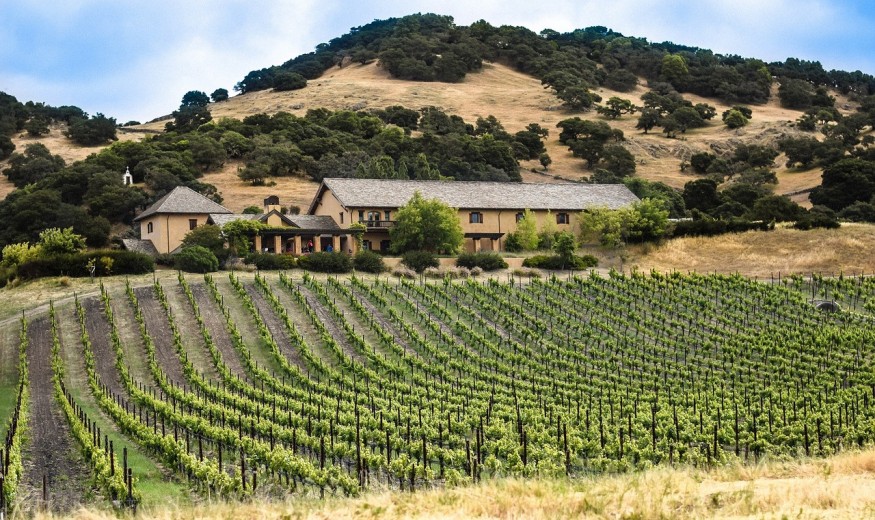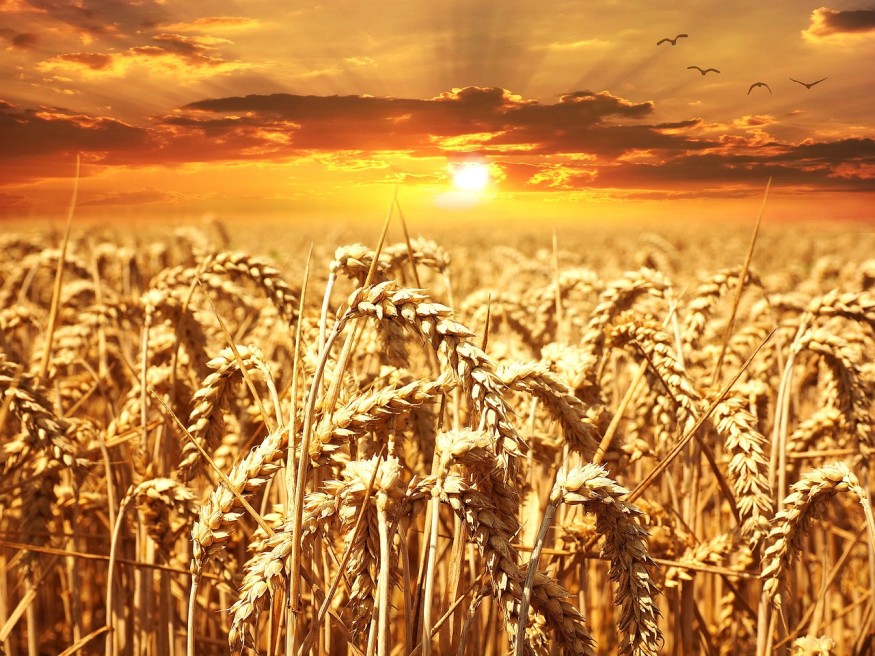
Throughout the history of agriculture, one of the most pressing concerns for farmers has been how to increase crop output. What are the most effective methods for increasing agricultural production per acre? What factors have the greatest impact on crop yield? This topic has recently become more and more significant as the world's population continues to rise.

The researchers looked at studies on the photosynthetic amoeba Paulinella, which may be used as a model to investigate a basic question regarding eukaryote evolution: why did algae and plants have a common origin? That is, why did basic plastid endosymbiosis photosynthesis not appear many times in the tree of life?
Study on Photosynthesis

Photosynthesis is how plants and other creatures utilize sunshine to convert carbon dioxide and water into food, with oxygen as a byproduct.
Endosymbiosis is a two-organism connection in which one cell lives inside the other. When this connection is sustained and advantageous to the "host" cell, enormous genetic innovation can occur. Despite its crucial evolutionary significance, little is known about how endosymbiosis develops.
Related Article : Learning Plants' Feelings Helps Scientists Improve Crop Production
How the Chemical Process Works

Primary plastid endosymbiosis is a 1.5 billion-year-old process. A eukaryote (an organism with a membrane-bound nucleus and small organelles called organelles) engulfs a prokaryote (an organism without a membrane-enclosed nucleus, such as bacteria). The plastid is a membrane-bound organelle found in plant and algal cells.
"It turns out that photosynthesis poses a significant risk because it produces harmful chemicals and heat as byproducts that can harm the host cell," said senior author Debashish Bhattacharya, a Distinguished Professor Rutgers University-New Brunswick's Department of Biochemistry and Microbiology. "As a result, developing a novel organelle is a difficult process that occurs only infrequently throughout evolution. Paulinella, the only known instance of an independent plastid primary endosymbiosis outside of algae and plants, provides several clues to this process, which helps to explain why it is so uncommon."
Because of their primary production of fixed carbon, the start of photosynthesis in algae and plants altered our world by supplying a substantial source of oxygen and supporting numerous ecosystems (sugars and lipids). Understanding how this important process took place can help us recreate it in synthetic systems and enhance crop output.
"Because Paulinella is an independent source of photosynthesis, it gives important insights into how this process works and the costs it imposes on the host cell," said lead author Timothy G. Stephens, a postdoctoral researcher at Rutgers. "The genome of Paulinella has numerous independently evolved genes involved in photosynthesis and dealing with the accompanying stressors that may possibly be modified in algae and plants to help them better survive challenges like high light levels or salt stress," says the study.
Photosynthesis

Photosynthesis is a process through which plants and other organisms transform light energy into chemical energy, which is then released to power the organism's metabolic processes through cellular respiration.
Photosynthesis is the process of storing chemical energy in carbohydrate molecules like sugars and starches, which are made from carbon dioxide and water.
For more Agricultural News, don't forget to follow Nature World News!
© 2025 NatureWorldNews.com All rights reserved. Do not reproduce without permission.





